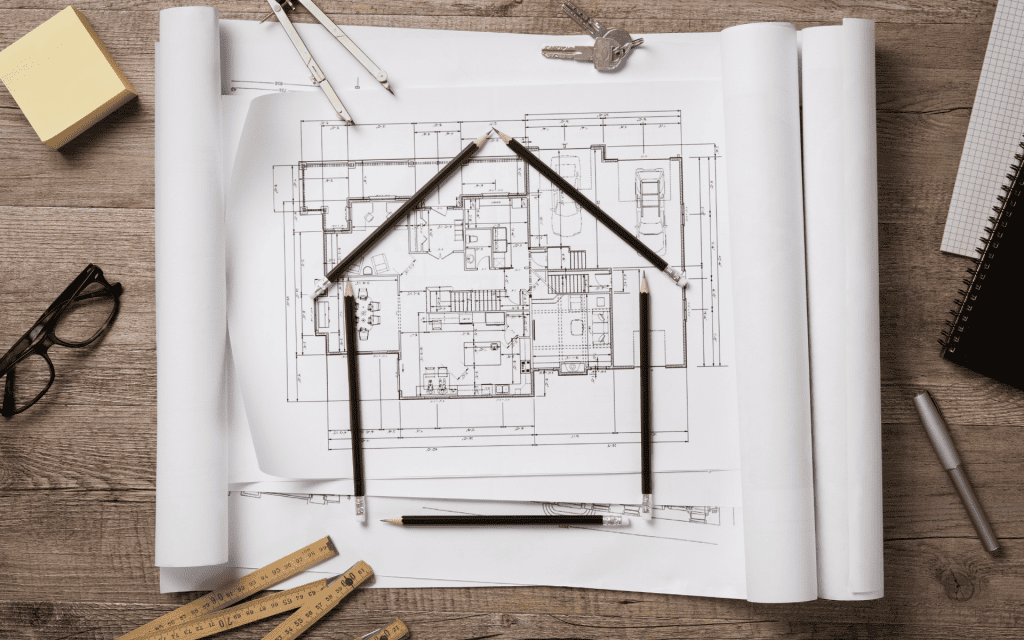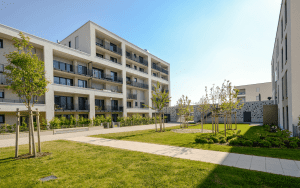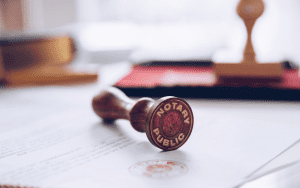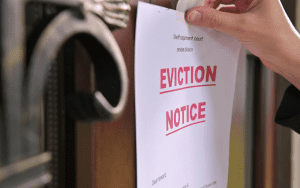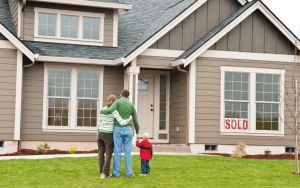With the recent fire on Table Mountain razing a Cabinet minister’s home as well as the UCT Jagger Library (which housed historic documents and books) and Mostert’s Mill (the oldest surviving windmill in SA), the devastation that a wildfire can cause has been brought to the forefront of many property owners’ attention.
This comes just 4 years after the devastating wildfires that spread over Knysna and the Helderberg Basin in 2017. More recently, the Franschhoek region caught fire in February 2021, with smoke that covered the horizon as far as Stellenbosch and Somerset West.
Homeowners and residents alike should be vigilant when it comes to protecting their homes against the dangers of wildfires. For most, the danger of a fire reaching your home lies in embers that are blown to your property, not the main fire that reaches your home. This means that you can take the necessary safety precautions into your own hands.
By following the guidelines below, you will minimise the risk of a wildfire spreading to your property.
Assess the greater risk
Assess the possible danger areas that may be affected by a fire, analysing especially the vegetation that surrounds your home (both within and outside your yard). Living next to a field or nature reserve, where natural vegetation is abundant, will enlarge the risk, and so too your defence plan needs to enlarge.
When you live next a heavily vegetated area, it is prudent for you to be in contact with the landowners or trusts who are responsible for the area to become part of the active effort to inhibit the spread of fire next to your property. In these cases, it is also advisable to become part of the community to ensure that you can become an active part of the defence when a fire does break out.
Minimise the spread
Your next step is to create a defendable space surrounding your own home. This can be seen as a smaller version of the firebreaks that are used in agriculture, where a deliberate gap is created between one area and another and inhibits the ease with which a fire can spread to a neighbouring area.
To help you create such a semi-firebreak, you should clear any objects that can become fuel for a fire, such as dry vegetation and wood piles. This also means that any dry vegetation and gardening refuse (such as leaves and dry grass) should be stored away from the perimeter of your property.
You should ensure that areas under decks or balconies are cleaned out regularly to avoid the accumulation of flammable objects. The same goes for gutters that should be cleared regularly of branches and leaves.
While most roofing materials used in South Africa are non-flammable, you must ensure that your roof is properly sealed so that embers cannot blow into your home.
The installation of a sprinkler system will also ensure that you have a defence measure to douse any possible flames that do take hold on your property.
In case of fire
When a fire erupts nearby, a precautionary measure that you can take is to wet your roof, block your downpipes and fill your gutters with water. Next, you will need to close all your windows and doors to ensure that any airborne embers remain outside and do not enter your home unobserved. In these situations, a community coming together and working as one to inhibit the spread of the fire could be what saves countless homes and lives.
For more information and advice on how you can improve the safety of your home, contact your property expert and have them assist you in safeguarding your home.
When a fire erupts nearby, a precautionary measure that you can take is to wet your roof, block your downpipes and fill your gutters with water. Next, you will need to close all your windows and doors to ensure that any airborne embers remain outside and do not enter your home unobserved. In these situations, a community coming together and working as one to inhibit the spread of the fire could be what saves countless homes and lives.
For more information and advice on how you can improve the safety of your home, contact your property expert and have them assist you in safeguarding your home.
This article is a general information sheet and should not be used or relied on as legal or other professional advice. No liability can be accepted for any errors or omissions nor for any loss or damage arising from reliance upon any information herein. Always contact your legal adviser for specific and detailed advice. Errors and omissions excepted (E&OE)

